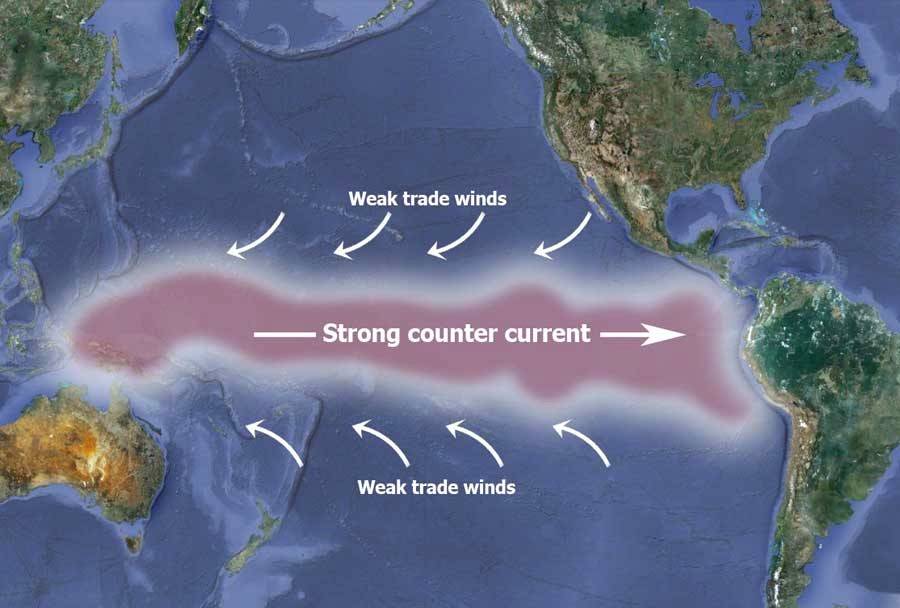
According to the U.S. government weather forecaster, there is a more than 90% chance of the phenomenon occurring. This transition from neutral conditions could lead to a warming of ocean surface temperatures in the eastern and central Pacific, which can sometimes cause crop damage, flash floods or fires.
The World Meteorological Organization has recently warned that the El Niño weather pattern could contribute to rising global temperatures. Brian Morris, Agricultural Meteorologist (Asia) with the U.S. Department of Agriculture (USDA), has commented that “there are indications that it will be strong and occur mid-season. This would imply perhaps the monsoon starts on time but with subpar seasonal rainfall”.
The CPC has predicted that at least a weak El Niño is likely, with the range of possibilities at the end of the year (November-January) including an 80% chance of at least a moderate El Niño, to a 55% chance of a strong El Niño.
Australia may experience a drier and warmer start to winter after three years of wet and unpredictable weather. India, the world’s second-biggest producer of wheat, rice, and sugar, may experience below-average rains due to the phenomenon.
However, there is some good news for India as sea temperature changes, like the Indian Ocean Dipole – also known as the Indian Niño – could be positive, mitigating the impact of El Niño in India and enhancing them in Southeast Asia. Morris has suggested that the Indian Niño may be more beneficial than El Niño for the region.
The El Niño weather pattern can have significant impacts on global weather conditions, causing droughts, floods, and hurricanes. In the past, these events have resulted in crop losses, food shortages, and economic damage.
It is crucial that governments and communities are prepared to deal with the potential impacts of El Niño and take measures to mitigate its effects.
















